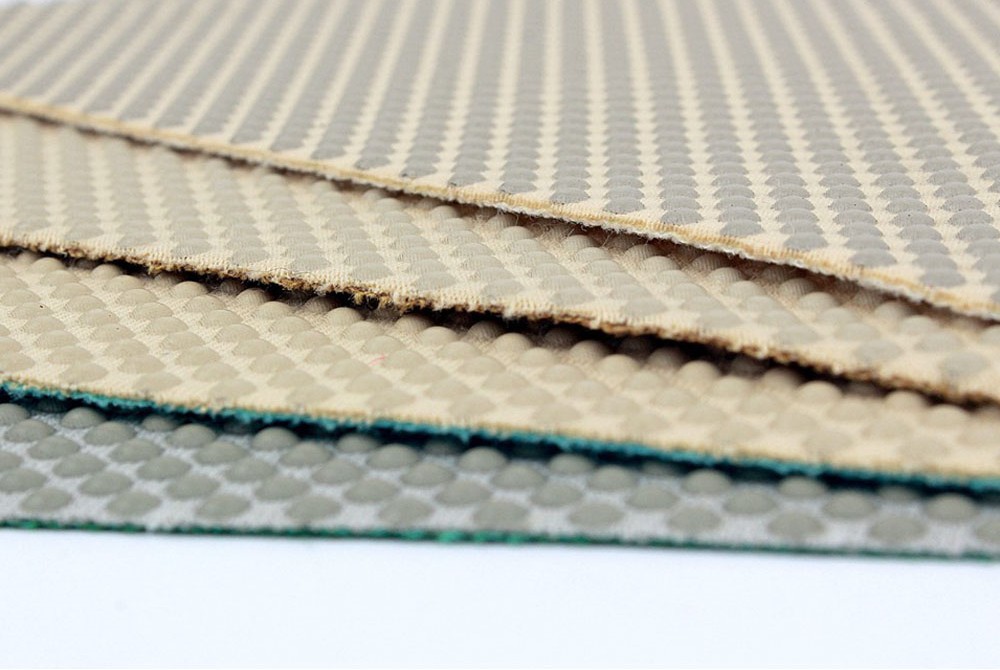
How to use sandpaper?

Choice of mesh
Different materials require different levels of mesh to achieve the desired smoothness and polish.
Achieving high mesh counts can be challenging for fibrous materials such as wood and leather. In general, it is recommended to start with a grid of around 200 and gradually increase to between 800 and 1000 to get the desired effect. To achieve higher meshes in wood and leather, the original material needs to be fastened and treated with oil wax. To achieve this, recommend using a smooth yet hard surface such as glass, hardwood, or brass. By dipping it in a chemical filler, the fibers are bonded, allowing for further polishing.
For metal materials, the process is slightly different. It is recommended to start with a grid of around 80, and then multiply the number of grids by 2 each time. A good polishing effect can be achieved when the mesh number reaches 1500 or 2000. For higher-grit metal polishing, 3000 or 5000-grit sandpaper can be used. But be aware that such fine-grit sandpaper will have the least effect. In this case, recommend using a polishing paste and rubbing it with a clean cloth, paper, or woolen wheel. Alternatively, a chemical polish can be used to achieve a mirror-like finish. However, care must be taken with regard to personal health when working with chemical agents.
Materials such as plastics, carbon fiber, fiberglass, stonework, etc., their raw surfaces often have a matte finish. Sandpaper options for these materials are limited, with recommended grit of 800, 1200, 1500, or 2000. For higher meshes, a polishing paste should be used for the best results. Dealing with scratches requires a careful approach. Before attempting to spot sand on a scratched surface, it is important to ensure that the surface can be thinned evenly to the level of the scratch. If this is not possible, it is recommended to avoid spot sanding as this may cause unevenness. In this case, recommend applying polishing paste to the entire surface and then polishing with a woolen wheel to minimize the appearance of scratches.
In conclusion, understand that the choice of mesh to polish different materials can greatly affect the final result. By following the correct guidelines and using the proper mesh and method, one can achieve the desired level of smoothness and polish on a variety of surfaces.
sanding method
Achieving a smooth, polished surface requires careful attention to the sanding method employed. First, the sanding process should start with a low mesh number. This helps prevent the sandpaper from clogging and allows for easy collection of the resulting powder. Dry milling is preferred at this stage, without the need for water. After each round of dry sanding, it is critical to thoroughly clean up the residue. This allows a clear assessment of the evenness and straightness of the sandpaper marks on the surface.
If you achieved the desired effect, you can move on to the next grid level. It is important to note that when switching to the next grid, the grinding direction should form a larger angle to the previous mark to ensure an even and consistent result. Once the mesh reaches around 800, water will need to be added during the sanding process. After each round of water sanding, it is essential to wash the sandpaper and remove any remaining grit from the surface of the workpiece. This step helps prevent contamination from higher mesh particles and ensures a smooth and consistent finish.
As the grit reaches higher levels such as 2000 or 5000, continuous monitoring of the condition of the sandpaper becomes critical. Sanding with clogged sandpaper will have no effect and may even cause localized overheating and bonding problems. If the sandpaper becomes clogged, it must be carefully cleaned with water or oil before proceeding. Ignoring a clog can affect the overall quality of the sanding process.
In conclusion, adopting the correct sanding method and following best practices are the keys to achieving the best results. Whether starting with a low grit and gradually moving to higher grit, or carefully monitoring the condition of your sandpaper, following these guidelines will ensure a smoother, more successful sanding experience. By practicing environmental awareness and maintaining awareness of the condition of the sandpaper, craftsmen, and DIYers can achieve the desired finish on their workpieces.
-
Online service
-
Official wechat
account
-
QQ:40933769
-
E-mail:
sales@z-lion.com
Online service
Please feel free to give your inquiry in the form below. We will reply you in 24 hours.

